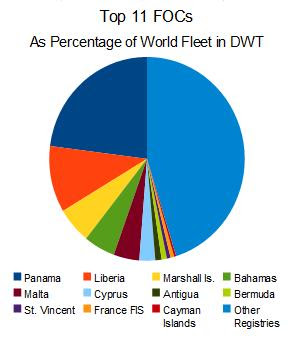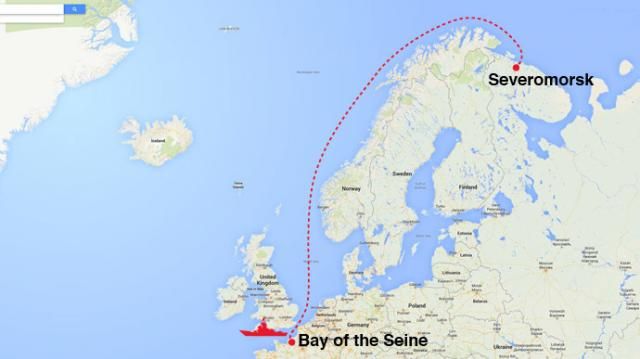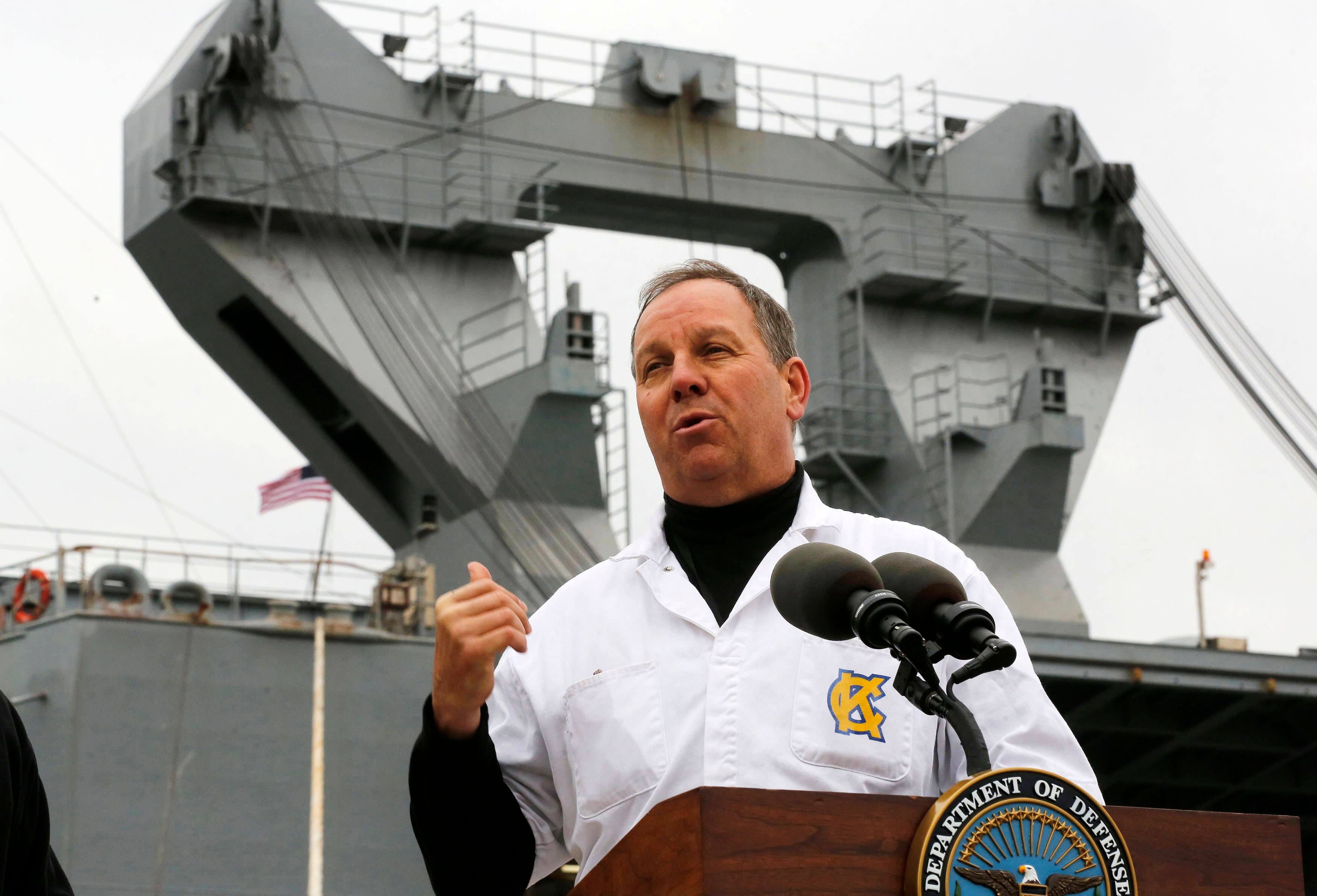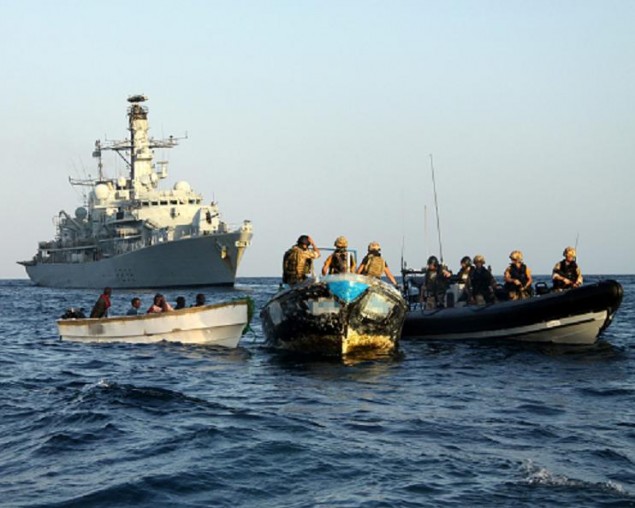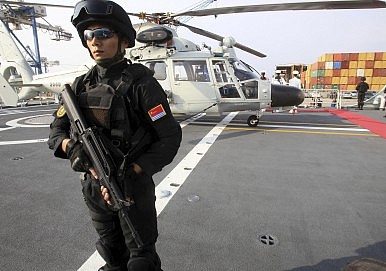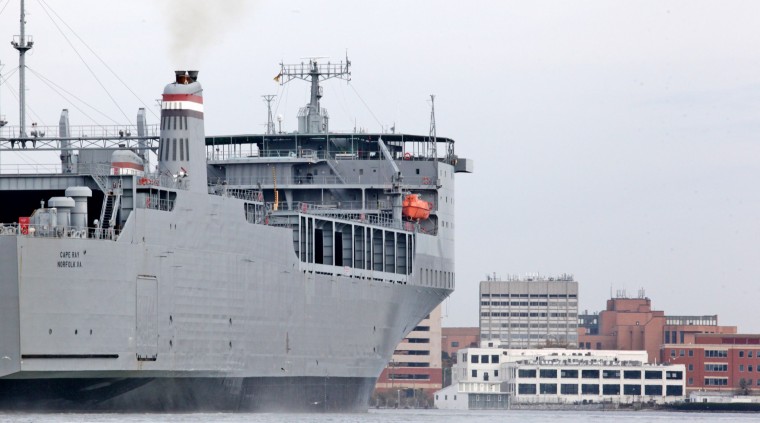 |
| Something in tug's fuel? |
In a letter to Canada's National Energy Board on Wednesday, the company withdrew from a hearing on Arctic drilling rules because it has walked away from plans to drill in the EL 481 block, 250 kilometers (155 miles) northwest of Tuktoyaktuk, Northwest Territories.
The drilling project is the largest yet put on hold after oil prices dropped by nearly half over the last six months, even as a long list of oil companies cut their budgets for 2015 because of the price drop.
[March 18 2013
On Christmas Day 2012 crews barbecued on the Kulluk deck. But on Dec. 27, the shackle broke and the situation began to worsen.
Exactly why the shackle broke is unclear, since it now rests on the Gulf of Alaska floor. Questions focused on whether the tow line endured excessive strain Dec. 27, when the ships hit slightly choppy seas – 10 to 15 foot swells that typically are not concerning. By all accounts, there was no excessive strain.
The same day, the Aiviq was able to quickly reestablish an emergency towline while two other tugs, the Guardsman and the Nanuq, were sent out to serve as backups.
But later that night, at nearly 11 p.m., one of the Aiviq's engines failed, with the rest failing within hours after fuel injectors became mucked with bad fuel. Chief engineer Carl Broekhuis testified the an unknown fuel additive caused the bad fuel, which left a “slime” on the fuel filters. New fuel injectors were flown in and the good fuel was rerouted to bring all four engines back online.
Five months after the incident, Broekhuis and others involved with the operation said they still did not know what the additive was.
[March 18]This review has confirmed that Shell entered the drilling season not fully prepared in
terms of fabricating and testing certain critical systems and establishing the scope of its
operational plans. The lack of adequate preparation put pressure on Shell’s overall operations
and timelines at the end of the drilling season. Indeed, because Shell was unable to get certified
and then deploy its specialized Arctic Containment System (ACS) – which the Department of the
Interior (DOI) required to be on site in the event of a loss of well control – the company was not
allowed to drill into hydrocarbon-bearing zones. Shell’s failure to deploy the ACS system was
due, in turn, to shortcomings in Shell’s management and oversight of key contractors. L
February 28
Royal Dutch Shell plc (“Shell”) announced February 27 it will pause its exploration drilling activity for 2013 in Alaska’s Beaufort and Chukchi Seas to prepare equipment and plans for a resumption of activity at a later stage.
more
 |
| Kulluk - Marshall Islands-flag |
The Coast Guard lifted an order restricting movement of Shell’s Kulluk drill rig February 21.
“The inspection, its seaworthiness, was done by industry class certification. They gave us their inspection for review, so we could understand what they found, if there were any concerns, or not, that needed to be addressed prior to its being transferred, or transported, from Kiliuda Bay.”
Now that the Captain of the Port order has been lifted, Shell is free to start towing the rig to Unalaska whenever it sees fit. It’s not clear when that will be.
“We will know once they start that transit and we will monitor it as they make their transit to Unalaska.”
For now, the rig is anchored in Kiliuda Bay, on the south side of Kodiak Island.
[January 4]
Shell Alaska is in full support of, and is providing resources for, the investigation of the grounding by the Unified Incident Command, made up of federal, state and company representatives. The findings will be available to the public.
more
[January 1]
The Kulluk -- a $290 million offshore oil rig operated as part of Shell’s Arctic drilling efforts in summer -- washed up shortly before 9 p.m. at Ocean Bay on Sitkalidak Island, located close to Kodiak Island's southeast shore, January 1
Vessel
|
|
KULLUK IMO 8752219
|
|
DNV
ID:
|
27051
|
IMO No:
|
8752219
|
||||
MOU
Type:
|
Column-stabilised
Unit
|
Columns:
|
0
|
||||
Type/Model:
|
Earl
& Wright/Sedco Arctic drilling vessel
|
Bracings:
|
0
|
||||
Build: 1983
Ship Type: Drillship
Flag: Marshall Islands
The drilling rig KULLUK was built in 1983 by the Mitsui Engineering and Shipbuilding Company Ltd in Tamano, Japan. KULLUK, whose name means “Thunder” in the Inuvialuit language, was first operated by Gulf Canada Resources, Inc. in the Canadian arctic. She was tended there by two specially designed ice breaking tug support vessels the IKALUK and MISCAROO operated by the Beau-Drill Limited Partnership which was a subsidiary of Gulf. At the time they were built all of these vessels represented the latest cutting edge technology for arctic oil exploration. KULLUK’s design is described as an Earl & Wright/Sedco Arctic Drilling Vessel inverted, truncated, conically shaped, ice-strengthened hull. That is to say her hull is shaped like a bowl so that as ice presses in around her, she simply rides up on top of the ice rather than being crushed or penetrated by it. She is admeasured at 27,968 gross tons and 8391 net tons. The KULLUK first came to Alaska in September 1988 when she drilled an exploratory well for the Amoco Production Company at the Belcher Prospect in the Beaufort Sea in 167 feet of water. In 1992 and 1993, she drilled four exploratory wells for Arco Alaska at the Kuvlum and Wild Weasel Prospects offshore of ANWR. After that the rig was stacked for fourteen years in McKinley Bay near Tuktoyaktuk in the Northwest Territories of Canada. The rig was purchased by Shell Offshore Incorporated of New Orleans, Louisiana, in 2005 and spent the next year being refurbished where she had been stacked in Canada. The rig is capable of drilling in 400 to 600 feet of water to depths of 20,000 feet. Her derrick measures 160 feet tall by 40 x 40 at the base with a 1,250,000 pound capacity. The rig’s power is provided by three General Motors EMD diesel generators rated at 2816 horsepower each. She has quarters onboard for 108 personnel. The almost-circular main deck is 274 feet long and has a beam of 227 feet. When originally built the rig had been registered in Canada. Later she was reflagged to the Liberian flag, however, Shell has replaced that flag and registered the rig in the Marshall islands. Shell had plans to use the KULLUK to drill again in the Beaufort Sea, but environmental concerns caused delays with that program. In September 2010, the KULLUK was towed out of Canadian water and brought to Dutch Harbor and anchored in Captains Bay by the ice breaking tug supply vessel TOR VIKING II. An existing dock at the OSI facility in Captains Bay was modified with a curved face to fit her hull so that the KULLUK can moor there. In December 2010, KULLUK was moved there awaiting a new drilling assignment.
[October 29,'12]
An electrical problem led to a valve failure that forced the dome to rapidly descend. The descent was stopped before the dome reached bottom but not before water pressure damaged one side of the dome and some of the buoyancy chambers.
The containment dome was created to suck up spewing oil or gas in hoses and transport it to the surface where it can be flared off. Shell conducted a "top to bottom" review to learn from that mistake and will have the containment barge and system -- an unprecedented piece of oil-spill response hardware --- ready for Arctic drilling next year,
[September 22]Shell’s plans to complete at least some oil exploration wells in Alaska’s Chukchi and Beaufort seas this year have finally come to naught, following damage to the company’s new Arctic oil containment dome during testing of the Arctic Challenger containment barge, the company announced Sept. 16.
The company has decided not to proceed with the complete drilling of two planned exploration wells, one in the Chukchi Sea and one in the Beaufort Sea, and is instead going to drill a series of “top holes,” the upper sections of wells that terminate a long way above any likely hydrocarbon zones. The drilling of top holes will enable the more rapid completion of wells during the 2013 drilling season.
[September 7]] The drillship Noble Discoverer has refueled for drilling and is moving into position over Shell’s Chukchi Sea Burger prospect. Drilling could commence on Sept. 7 or 8, Smith said. Shell had hoped to start drilling at Burger around Sept. 2, but stormy weather caused the drillship have to move into a holding position 10 miles south of the drill site until the weather cleared.
The drillship will need to connect to anchors pre-positioned at the drill site before drilling can commence.
Shell now has all the permits that it needs to start drilling.
[July 7]The 571-foot Noble Discoverer lost its mooring July 14, drifting extremely close to shore before it was towed farther off shore and re-anchored. Shell and the Coast Guard say an inspection of the hull by a remotely operated vehicle showed no signs of damage or grounding. Divers will take another look no later than July 20.
[July 12]One of Shell's drill ships has arrived in Unalaska and the other is expected by the end of the week. The Noble Discoverer pulled into port on July 7, accompanied by a small flotilla of support vessels. While the ships were originally scheduled to bypass Unalaska on their way to Arctic, persistent sea could keep them around for a while 'it looks now like we’ll be on site and start drilling sometime in the first week of August'. Unalaska is located on Unalaska Island and neighboring Amaknak Island in the Aleutian Islands off of mainland Alaska.
[June 27]Ships bringing oil drilling equipment to Alaska pass through Seattle's Elliott Bay on Wednesday, June 27, 2012, as a Washington State Ferry passes on its way into Seattle. The Kulluk and Noble Discoverer and support ships are headed first to Dutch Harbor. Once open water allows, the rigs will move to the Beaufort and Chukchi seas for offshore drilling.
[June 26]The U.S. Coast Guard established a 500 yard no-go zone around the vessel and 16 others as they pass through Washington's Puget Sound.
The ships have been staged in Seattle, Wa., for the summer drilling season where several have also undergone extensive retrofitting.Once the drilling ships arrive in the Chukchi and Beaufort Seas, they are protected by a separate Coast Guard imposed safety zone. Under the Outer Continental Shelf Lands Act violations of the safety zone are subject to fines of up to $100,000 and up to 10 years in jail.
The Puget Sound safety zone went into immediate effect and expires on Aug. 1.
[June 7]Shell threw a private party June 6 at the Seattle Space Needle to joyously send off the oil giant’s Kulluk and Noble Discoverer rigs to sail to Dutch Harbor in mid-June. Shell’s plans are to drill up to three Chukchi and two Beaufort wells this summer - The two rigs are both older than the 2001 Deepwater Horizon, which was to blame to the Gulf of Mexico spill in 2010. The Kulluk, from the 1980s, and the Noble Discoverer, built in 1966, were both retrofitted to handle harsh Arctic weather.
.Shell Oil sued 14 major environmental groups in Federal Court to stave off the "virtual certainty" of legal challenges to its right to harass or kill walruses and polar bears during its summertime Arctic drilling.
Shell has sued environmental groups three times since February and received two protective injunctions. It sued on Feb. 29 to try to stop 13 environmental groups from launching "last-minute legal challenges" to its Arctic drilling, and claimed Greenpeace had illegally boarded Shell's Noble Discoverer vessel on Feb. 27 in protest.
Shell sued the same environmental groups again, plus the World Wildlife Fund, on May 2, for a declaration that the Bureau of Ocean Management issued it valid Incidental Harassment Authorizations for marine mammals during exploration in the Chukchi Sea and Camden Bay, on the Arctic Outer Continental Shelf. Affected species include bowhead whales, gray whales, beluga whales, harbor porpoises, ringed seals, bearded seals, spotted seals and ribbon seals.
Shell got protective injunctions on March 28 and May 29.
One order established 500- to 1,000-meter "moving safety zones" around 19 of its vessels, including the Noble Discoverer and the Kulluk, when they are in transit within 12 miles from shore. The second order added Shell's Arctic, land-based, aviation facilities in the North Slope to the list of Shell's drilling vessels, with which Greenpeace and the environmentalists may not interfere.
U.S. District Judge Sharon Gleason agreed that Shell should be allowed to meet its contractual obligations without fear of imprisonment or injury, and issued the orders.
Greenpeace has an interlocutory appeal of the initial preliminary injunction pending in the 9th Circuit, but precedent allowed Gleason to issue the orders to maintain the status quo.
